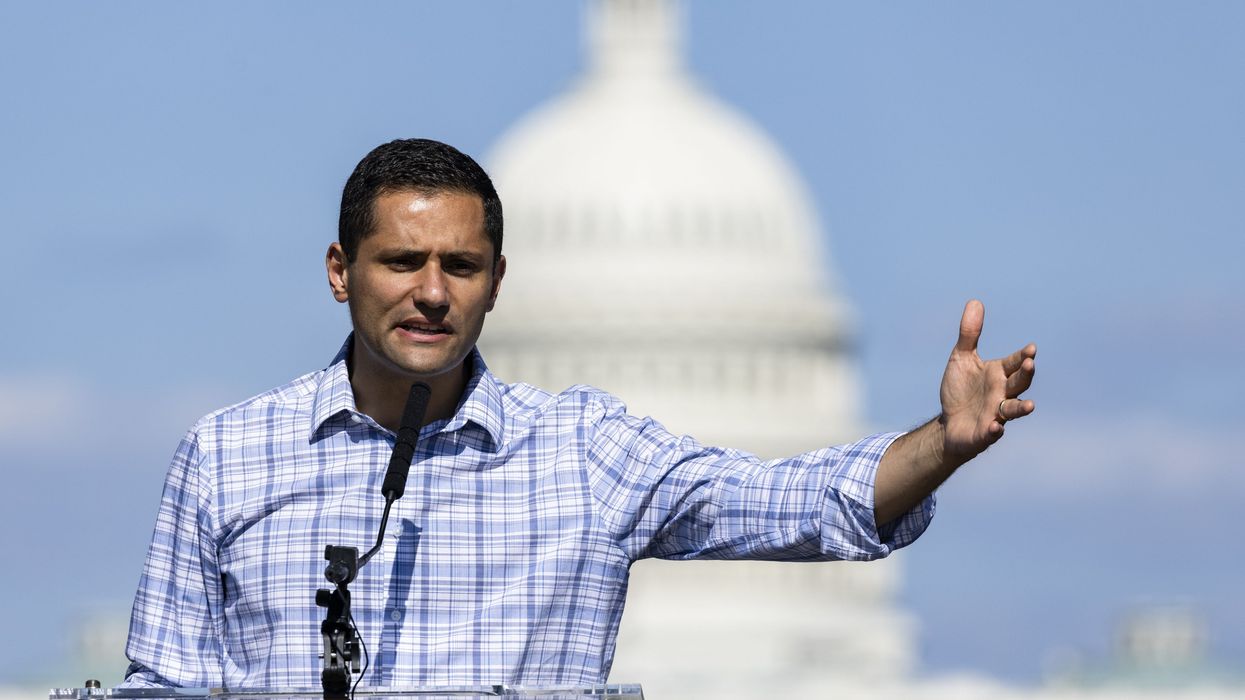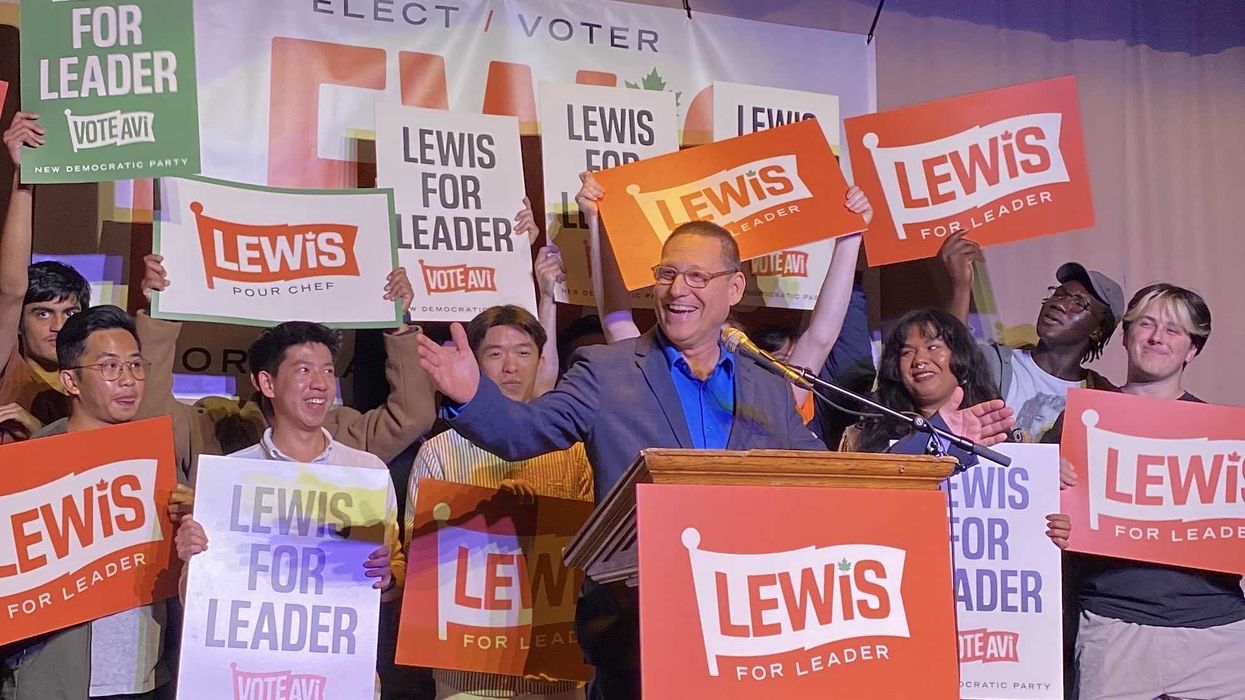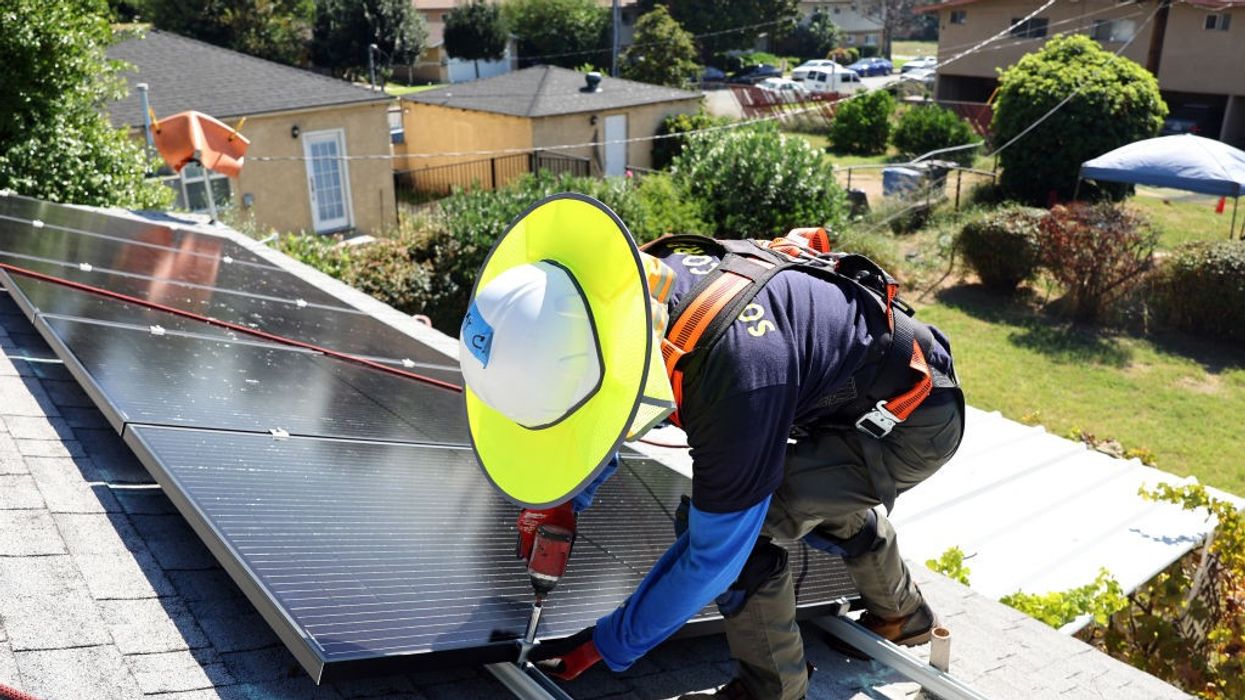What My Jewish Family’s Holocaust Experience Teaches Me About an Appalachian Mamdani
Sam Rasoul, a Palestinian-American State Legislator in Virginia, campaigns on affordability amid false charges of anti-Semitism.
In 2019, I visited my ancestral home in a small town in northwestern Germany named Prussian Oldendorf. Through genealogical research, I had learned that my Jewish ancestors—I am 100% Ashkenazi Jew genetically, as well as a proud Jew by upbringing and choice—had lived there for centuries, until my great-great-grandmother, Rosalie Cahen, a single mother with six children, fled persecution by the German authorities and immigrated to America in 1859.
I had read that there was a Jewish cemetery just outside of town that had been made intentionally hard to find because neo-Nazis had desecrated it in the 1980s. I found the cemetery and saw that many of the gravestones were my direct ancestors with the last name of Cahen, my mother’s maiden name. I also found the gravesite for Philipp Cahen, Rosalie’s husband and my great-great-grandfather.
Additionally, with the help of an old college friend from Germany who lives close to Prussian Oldendorf and who did much of the research necessary to make my visit possible, I found the retired pastor of the town’s 500-year-old Lutheran church who had restored the Jewish cemetery after its desecration. The pastor, who had protected and maintained the cemetery for decades, had come to Prussian Oldendorf at the end of World War II, having fled the Red Army as it rolled west as part of the destruction of the Third Reich. The pastor told me he had spoken out—to the great dismay of many of his parishioners—about how the townsfolk had remained silent during the Holocaust as their Jewish neighbors were disappeared.
According to the pastor, every single Jew in that town—save for one—was sent to the extermination camps and murdered by the Nazis.
As I was getting ready to leave Prussian Oldendorf, I walked past the Lutheran church, and something caught my eye on the ground.
There were small square stones, which I later learned were known across Europe as Stolpersteine or stumbling stones, embedded in the cobblestone courtyard surrounding the church. Inscribed upon the stumbling stones were the names of the townsfolk who were sent to the camps, when they had died, and the names of the camps.
Treblinka
Terezin
Sobibor
Auschwitz
Many of those stumbling stones bore our family name, Cahen.
Seeing these stones, I crumbled to the ground and cried, right there outside the church. When I was finally able to compose myself, I did two things. First, I quietly cursed the monsters who committed these atrocities: “You bastards.”
And then I thanked my great-great-grandmother Rosalie for having had the courage to leave some 80 years before the Holocaust because, if she had stayed, her descendants surely would have been exterminated. Suddenly, the old saying, “There but for the grace of God go I,” had a special and very tangible resonance.
Which brings me to Sam Rasoul, a proud Palestinian-American state legislator who has represented southwestern Virginia and Roanoke City in the Virginia General Assembly since 2014. Like Zohran Mamdani, a fellow Muslim state legislator who is campaigning on a platform of affordability for working people and who is poised to become the next Mayor of New York City, Rasoul leans into speaking out against injustices, including in Palestine. However, he does so not because he is Muslim nor because of his Palestinian heritage—he speaks out because he believes in intersectional justice for all, as evidenced by his work for the communities he represents.
As Rasoul puts it:
In my 11 years in the General Assembly, I have worked to lower healthcare costs, pushed for intersectional justice through a Green New Deal, advanced the socioemotional health of our children, fought to raise teacher pay to the national average, and advocated for good government in limiting the influence of special interests in our government.
I have worked closely with Delegate Rasoul for almost 10 years in environmental justice fights in Virginia that he has helped to foster and lead, most particularly the fight to save the historic African American community of Union Hill in Buckingham County. Union Hill was under assault by Dominion Energy, the state’s monopoly utility company, which wanted to build a massive pipeline compressor station there as part of the now-cancelled Atlantic Coast Pipeline. That fight was won through a relentless coalition-building campaign that brought together diverse communities from across the Commonwealth, and with the help of national civil rights organizations.
Delegate Rasoul was at the forefront of what would become the winning fight to save Union Hill, and he helped bring along most of his Democratic colleagues to join that fight. During that campaign, I watched as, at first, Rasoul worked quietly behind the scenes to garner support from his colleagues in the House for Union Hill, and then as he galvanized national support for the fight, travelling out of state to meet with Karenna Gore, a prominent environmental justice advocate and the daughter of former Vice President Al Gore, also an environmental champion. Rasoul’s work complemented the work of many others, particularly those who lived in the frontline community of Union Hill, and their efforts culminated in a large rally in Buckingham County featuring former Vice President Gore and civil rights leader Rev. William Barber II.
I came to know Delegate Sam Rasoul—his given name, Salam Rasoul, means “peace messenger”—as a kind and decent family man and a relentlessly positive and inclusive politician.
Rasoul is now running for reelection, and he has been attacked by his Republican-turned-“independent” opponent as “consumed with hate,” a laughably false smear, as anyone who has actually met or knows Rasoul can attest. Some in his own party have even chimed in, citing his outspoken denunciation of what Israel has done to Gaza for the past three years.
So let me say this as directly as I can—as a proud Jew who was not only brought up in a Zionist household, but whose relatives were exterminated in one of the greatest genocides in human history.
Let me say this as someone who understands the lessons of my own family heritage, that “never again” means never again—for anyone.
Israel has committed, and continues to commit, unspeakable war crimes against innocent civilians, mostly women and children—in Gaza.
Israel has committed, and continues to commit, genocide in Gaza, and is now moving to the West Bank.
As with the Holocaust, the years that follow will show who was on the right side of history, who spoke out, and who remained silent. I believe I am on the right side of history, and many proud Jews like me are not only on the right side of history but are helping to lead the worldwide movement to stop the genocide.
Delegate Rasoul is also on the right side of history.
But Rasoul is not running for reelection in Appalachia because Israel is committing genocide in Gaza.
Rasoul is running so he can continue to do what he has always done: fight injustice, and deliver for the people he represents in Roanoke—on pocketbook issues, affordability, healthcare, education, utility bills, environmental justice, and more.
If Rasoul prevails on November 4, it will represent a defeat for the politics of cynicism and demonization and a victory for the politics of inclusivity and lifting up communities.
It will send a message from Appalachia and beautiful Southwest Virginia all the way to New York and Washington, DC and around the world, that denouncing a genocide is a moral imperative, born of generations of tragedy, for all communities.
Most importantly, if Rasoul wins, it will prove that “never again” truly means never again for anyone, and that we should not only tolerate, but encourage, politicians denouncing injustice while simultaneously fighting for the basic needs of the communities they represent.


